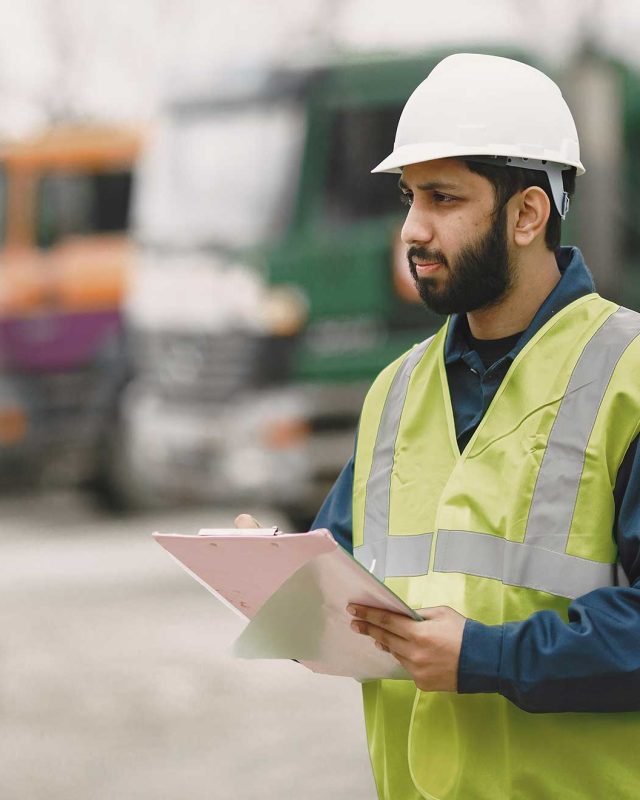The construction industry in Saudi Arabia has been a pivotal sector in shaping the nation’s economic landscape. With the Kingdom’s ambitious Vision 2030 plan, the industry is undergoing transformative changes. This comprehensive analysis delves into the intricate dynamics of the Saudi construction market, highlighting key trends, challenges, and future prospects, and emphasizing the importance of Saudi construction market research.
Market Overview
As of 2024, Saudi Arabia’s construction industry stands as one of the most significant and dynamic sectors in the Middle East. The Kingdom’s push to diversify its economy away from oil has catalyzed numerous large-scale infrastructure and development projects. Vision 2030, a strategic framework aimed at reducing dependence on oil, diversifying its economy, and developing public service sectors, has been a key driver in this upsurge. High-profile projects like NEOM, a planned cross-border city in the Tabuk Province of northwestern Saudi Arabia, the Red Sea tourism project, and the entertainment city of Qiddiya are reshaping the construction landscape.
Current Trends
Several trends are currently shaping the Saudi construction industry:
- Sustainable and Green Building: In alignment with global environmental concerns, there’s an increased focus on sustainable construction practices. Green building and eco-friendly materials are becoming more prevalent, driven by both government regulations and a growing environmental awareness.
- Technological Advancements: The adoption of technology in construction processes is on the rise. Building Information Modeling (BIM), AI, and drone technology are enhancing efficiency, reducing costs, and improving safety standards.
- Public-Private Partnerships (PPP): To foster infrastructure development, the Saudi government is actively promoting PPPs. This approach attracts private investment and leverages private sector efficiencies and innovation.
Challenges
The Saudi construction sector, while robust, faces several challenges:
- Economic Fluctuations: Dependency on oil revenues makes the industry susceptible to global oil price fluctuations, impacting government spending on construction projects.
- Labor Market Concerns: The industry relies heavily on expatriate labor. Changes in labor laws, and the need for skilled labor pose ongoing challenges.
- Regulatory Environment: Navigating the regulatory landscape can be complex, affecting project timelines and increasing costs.
Government Initiatives and Policies
The Saudi government has implemented numerous policies to bolster the construction industry:
- Ease of Doing Business: Efforts to streamline business processes and regulations to attract foreign investors.
- Local Content Requirements: Policies to encourage the use of local materials and labor to boost the domestic economy.
- Investment in Infrastructure: Continued investment in infrastructure, including transport, housing, and tourism, to spur construction activities.
Future Outlook
The outlook for the Saudi construction industry is optimistic. The government’s commitment to economic diversification and infrastructure development signals sustained growth. The focus on sectors like renewable energy, tourism, and entertainment offers new construction opportunities. Furthermore, the push towards modernization and digitalization is likely to drive innovation in the sector.
Conclusion
The Saudi construction market, integral to the Kingdom’s economic growth, stands at a crossroads of opportunity and challenge. As the country strides towards realizing its Vision 2030 objectives, the construction industry will undoubtedly play a crucial role. Continuous market research and analysis are imperative for understanding and navigating this evolving landscape. The future holds promise for the sector, with innovation and sustainability at its core, positioning Saudi Arabia as a construction powerhouse in the region.



